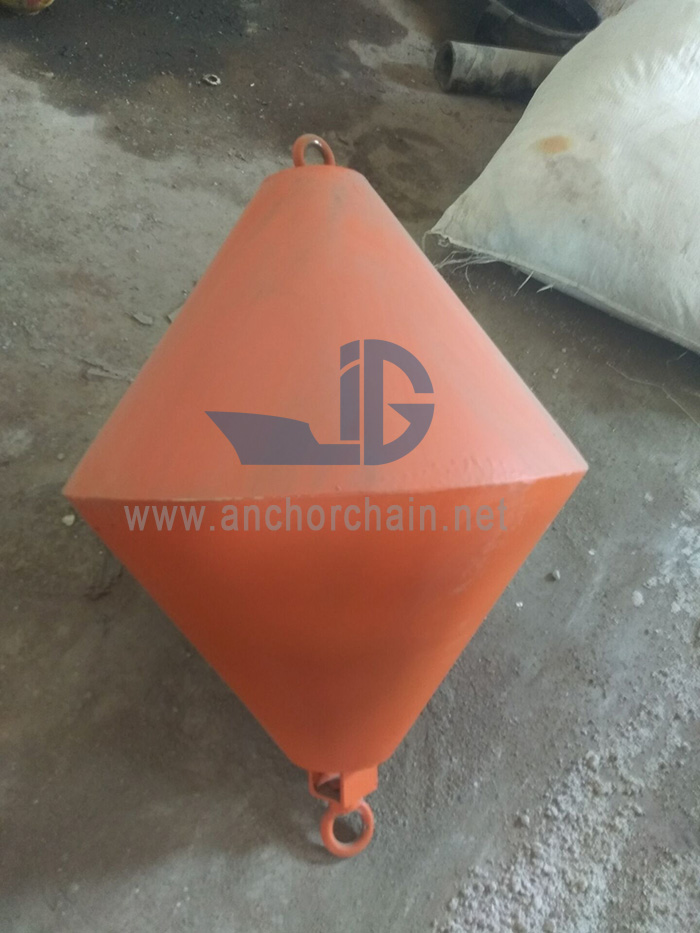1. Anchorage of steel
buoys, ship berthing, quarantine anchorage, no navigation area, military exercise area, etc;
2. Offshore operation area, marine data exploration, channel survey, hydrometry, diving, salvage, offshore engineering construction operation (drilling), marine development, mud dumping area, velocity measuring field, compass calibration field, underwater structures, cables, pipelines, water inlets, water outlets, etc;

3. Traffic separation, separation strip, etc. can be used when conventional navigation aids are used to mark traffic separation that may cause confusion;
4. Recreation area, sports training area, marine recreation area, coastal bathing place, etc;
5. Aquatic operation area, aquatic fixed net operation area and aquaculture farm.
Buoys have different types and specifications, which can be divided into inland river buoys and marine buoys according to the water area deployed. Inland river buoys include drum buoys, triangular buoys, bar buoys, cross flow buoys, left and right navigation buoys, etc. The shape, color, top mark and light quality of the buoy shall be installed and manufactured according to the specified standards, which have specific meanings. The basic shapes of buoy bodies at sea include tank, cone, sphere, column, rod, etc. Due to the influence of wind, wave and tide, the target body has a certain floating range and cannot be used as a sign to determine the ship's position.
The function of buoy is to mark the shoal of channel or the obstacle endangering navigation safety. The buoys equipped with lamps are called light buoys, which can be equipped with solar beacon lights, GPS synchronous flashing, remote control and telemetry beacon light systems, and used for navigation assistance in the day and night navigable waters. Some buoys can also be equipped with radar transponders and other auxiliary equipment.
Buoys and light buoys are floating beacons, which are reserved at the design position with anchorage equipment, have a certain radius of gyration, and their own positions are not fixed, so they can only be used to aid navigation. The commonly used buoys are generally made of ultra-high molecular weight polyethylene, steel plate and glass fiber reinforced plastic. One end is tied to the bottom, and it floats on the water itself to indicate the limits of the channel, obstacles and dangerous areas.
